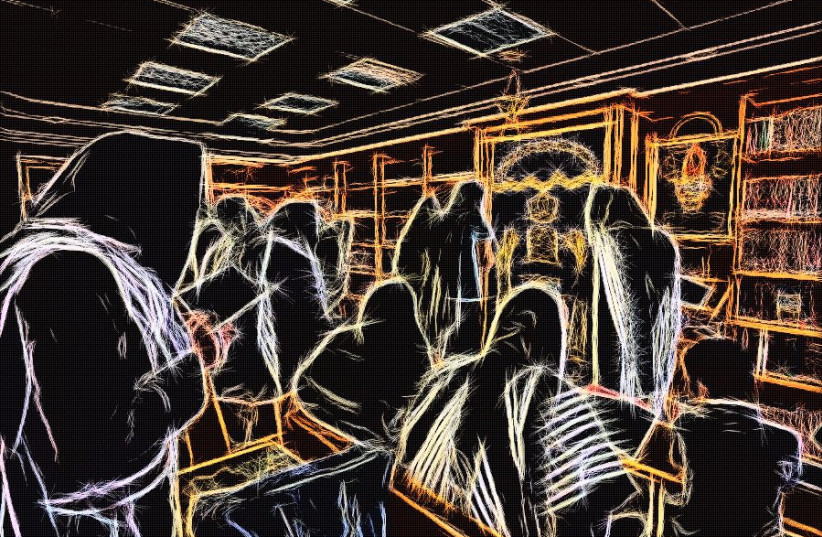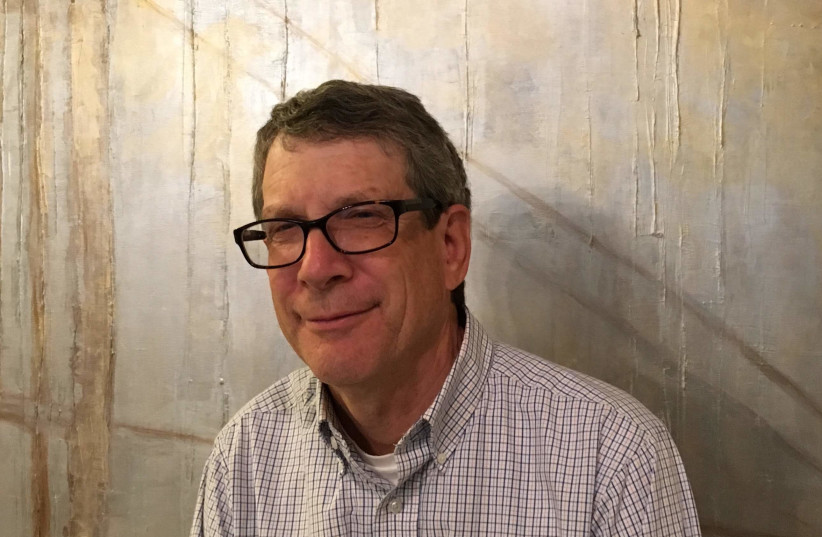 Uciekinierzy z Auschwitz, kurier z Warszawy i dziewczyna z Libiąża. Opowieść wojenna w tysiącu obrazach
Uciekinierzy z Auschwitz, kurier z Warszawy i dziewczyna z Libiąża. Opowieść wojenna w tysiącu obrazach
Joanna Banaś
 Władysława Rzepecka zd. Haratówna ‘Wanda’ druga od lewej (materiały Wydawnictwa Agora)
Władysława Rzepecka zd. Haratówna ‘Wanda’ druga od lewej (materiały Wydawnictwa Agora)
Władysława Rzepecka zd. Haratówna “Wanda”, kurierka Okręgu Śląskiego Armii Krajowej, jest tytułową bohaterką “Kurierki. Historii kobiety, która mogła zatrzymać Holocaust”. Książka Stanisława Zasady jest jak pudełko ze zdjęciami, z którego ktoś wyciąga jedno po drugim i opowiada, co na nim widzi.
.
Siedemnastolatka jedzie do Warszawy przekazać dowództwu AK dokumenty dotyczące obozu w Auschwitz. W wagonie „tylko dla Niemców” flirtuje z przystojnym esesmanem, który przedstawia się nazwiskiem z „von” i twierdzi, że pracuje w kancelarii Führera. Jest początek roku 1943. Miesiąc później dziewczyna razem z matką trafi do obozu śledczego w Mysłowicach, ale nie z powodu tej podróży.
Migawki z czasów okupacji
Punktem wyjścia książki Stanisława Zasady „Kurierka” jest spektakularna ucieczka 29 grudnia 1942 r. czterech więźniów KL Auschwitz – trzech Polaków i niemieckiego kapo, więźnia z obozowym numerem 2. Przekazali polskiemu ruchowi oporu listy z nazwiskami kilkunastu tysięcy więźniów i planami krematoriów, które do Warszawy przewiozła młoda kurierka.
Jednak opowieść Zasady rozwija się i niczym pajęczyna obejmuje kilka dekad – od lat 20. po współczesność – i obszar od Waszyngtonu przez Londyn, Berlin, Wiedeń, Warszawę, Treblinkę, Bełżec, Oświęcim i Libiąż, aż po Rosję.
Władysława Rzepecka zd. Haratówna „Wanda” (1925-2017) z Libiąża, w czasie wojny łączniczka, a potem kurierka Okręgu Śląskiego Armii Krajowej, jest tytułową bohaterką książki. Tytułową, lecz nie główną. Równorzędnymi postaciami są także jej ojciec por. Andrzej Harat „Wicher”, rotmistrz Witold Pilecki i Jan Kozielecki (Karski), słynny kurier z Warszawy.
Autor opisuje zdarzenia nielinearnie, w formie migawek, za pomocą oddzielonych graficznie krótkich fragmentów tekstu – czasem jest nim jeden cytat, innym razem jedna informacja czy podsumowanie faktów opisanych wcześniej. Nie ma zgodności miejsca, czasu i akcji. Za sprawą takiej konstrukcji obrazy przed naszymi oczami zmieniają się jak w kalejdoskopie.
Dachau, Karski i getto warszawskie
Jesteśmy w Dachau wyzwalanym przez Amerykanów. Patrzymy, jak interesy załatwiają właściciele firmy Topf i Synowie, która wyposażyła KL Auschwitz w piece krematoryjne dużej mocy. Obserwujemy brawurową ucieczkę czterech Polaków z KL Auschwitz esesmańskim kabrioletem w czerwcu 1942 r. Widzimy Dom Sierot, który przy Krochmalnej 92 buduje Janusz Korczak, i towarzyszymy żydowskim sierotom, gdy po powstaniu warszawskiego getta muszą przenieść się na Chłodną 33. Stoimy na rampie 14 czerwca 1940 r., gdy do Auschwitz dociera pierwszy transport więźniów. Śledzimy przygotowania ppor. Witolda Pileckiego do przedostania się do Auschwitz i przebieg jego ucieczki z obozu. Przyglądamy się działalności obozowego ruchu oporu i kibicujemy Polakom, którzy pomagają uciekinierom.
Widzimy, jak latem 1940 r. por. Jan Kozielewski (Karski) w słowackim więzieniu Gestapo podcina sobie oba nadgarstki, bo boi się, że więcej bicia nie zniesie. I jak w przebraniu odwiedza miejsca, w których naziści eksterminują Żydów – chce zobaczyć wszystko na własne oczy, zapamiętać i przekazać informacje tym, którzy mogliby pomóc, a przynajmniej wtedy tak się mu wydawało. Jego oczami zobaczymy, jak przed wtłoczeniem do wagonów Żydów posypuje się podłogę niegaszonym wapnem, by jak najwięcej przewożonych udusiło się jeszcze w drodze do obozów zagłady. I przeczytamy, co napisał o stosunku Polaków do Żydów: „Jest przeważnie bezwzględny, często bezlitosny”.
Czytamy notę, którą na podstawie raportów Karskiego z tych wypraw minister spraw zagranicznych rządu na uchodźstwie Edward Raczyński wysłał 10 grudnia 1942 r. do ministrów dyplomacji państw walczących z Trzecią Rzeszą. Zawierała informację, że Niemcy chcą wymordować wszystkich Żydów w Europie, ale odpowiedź na nią wystosowana tydzień później odbierze nadzieję na interwencję.
Jesteśmy w płonącym getcie wiosną 1943 r. 16 maja 1943 r. słyszymy głośne „Heil Hitler!” kata getta Jürgena Stroopa w chwili, gdy Wielka Synagoga wylatuje w powietrze. Czytamy list Szmula Zygielbojma, który popełnia samobójstwo na znak protestu świata wobec zagłady Żydów. Śledzimy wreszcie powojenne losy członków ruchu oporu i uciekinierów z Auschwitz.
Książka jak pudełko ze zdjęciami
Muszę przyznać, że początkowo książka Zasady wydała mi się męcząco chaotyczna. Gdyby jednak potraktować tę opowieść jak pudełko ze zdjęciami, z którego ktoś wyciąga jedno po drugim i opowiada, co na nim widzi, to wszystko się tłumaczy: i pomieszanie czasów i miejsc, i poszatkowanie opowieści o losach poszczególnych osób, i powtarzające się informacje, wreszcie także niekonsekwencje i brak odpowiedzi na niektóre pytania, które stawia autor.
Czy na pewno „Wanda” spotkała w pociągu esesmana arystokratę? Czy Manfred von Zwischrecke w ogóle istniał? Jakie dokumenty wiozła kurierka i komu je wręczyła? Czy miała rację, twierdząc, że ich treść dotarła do Karskiego, zanim przedstawił swoje raporty w Londynie i Waszyngtonie? Dlaczego niszcząc niemal wszystkie zdjęcia z okresu okupacji, zostawiła to, na którym pozuje z uciekinierami z Auschwitz? Tego nie dowiemy się nigdy. Bo przecież czasem się nie pamięta, kto jest na zdjęciu w naszym albumie.
Stanisław Zasada, „Kurierka. Historia kobiety, która mogła zatrzymać Holocaust”, Wydawnictwo Agora
Zawartość publikowanych artykułów i materiałów nie reprezentuje poglądów ani opinii Reunion’68,
ani też webmastera Blogu Reunion’68, chyba ze jest to wyraźnie zaznaczone.
Twoje uwagi, linki, własne artykuły lub wiadomości prześlij na adres:
webmaster@reunion68.com






